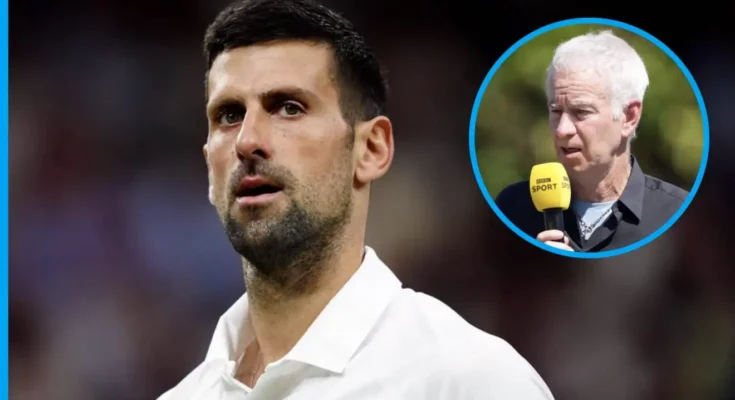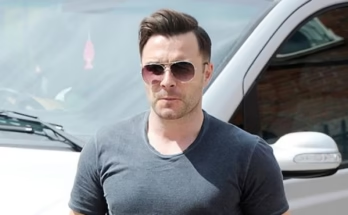Novak Djokovic’s Australian Open campaign ended abruptly when he had to retire from his semi-final match against Alexander Zverev due to a muscle injury. The Serbian’s decision to withdraw after a hard-fought first set sparked an outcry among spectators in Rod Laver Arena, many of whom booed as he exited the court. This reaction ignited a larger debate, especially as Djokovic had already been struggling with an injury after his quarter-final match against Carlos Alcaraz earlier in the week.
After the match, Zverev addressed the agitated crowd, urging them to respect Djokovic’s situation. “Please don’t boo a player when he is injured,” Zverev said, emphasizing Djokovic’s remarkable career and history of playing through significant injuries, including past abdominal and hamstring tears. Zverev expressed his understanding of the disappointment felt by the fans but also underscored that Djokovic’s physical condition was the determining factor in his withdrawal.
In his press conference, Djokovic reflected on the crowd’s reaction, acknowledging the frustration of the fans who had hoped for an intense match. He expressed sympathy for the spectators who had paid for tickets and were disappointed, yet he also questioned whether they fully understood his decision. Djokovic emphasized his extensive experience and understanding of his own body, sharing that he had given his all to the tournament over the last two decades. He also chose to refrain from further elaborating, not wanting to risk saying something that might be misinterpreted.
A key point of contention came from tennis legend John McEnroe, who suggested during his ESPN commentary that Djokovic’s injury might have been part of a mind game. McEnroe, a seven-time Grand Slam singles champion, insinuated that the injury could have been exaggerated, citing Djokovic’s history of dramatic recoveries. Although Djokovic had not heard these remarks directly, he responded during his press conference, highlighting that judging and criticizing a player’s injury without understanding the full context is easy, but truly comprehending their situation is much more challenging.
Djokovic made it clear that he had done everything possible to manage his injury, including medication, physiotherapy, and strapping. However, as the match progressed, the pain intensified, and he knew continuing would only make the situation worse. Despite his strong start in the first set, Djokovic admitted that even if he had won, the physical toll would have made it impossible for him to compete at the required level for an extended period. As for his future, Djokovic didn’t confirm when he would return to the court, and his hopes of representing Serbia in the upcoming Davis Cup seemed uncertain, given the severity of his injury.
In conclusion, Djokovic’s withdrawal from the Australian Open has sparked a larger conversation about the nature of sports injuries and the challenges elite athletes face when competing at the highest levels. While the incident led to criticism from some, including McEnroe, Djokovic’s response underlined the difficulty of understanding an athlete’s pain from the outside. His decision to retire was a testament to his longstanding dedication to tennis, even in the face of immense physical challenges.



